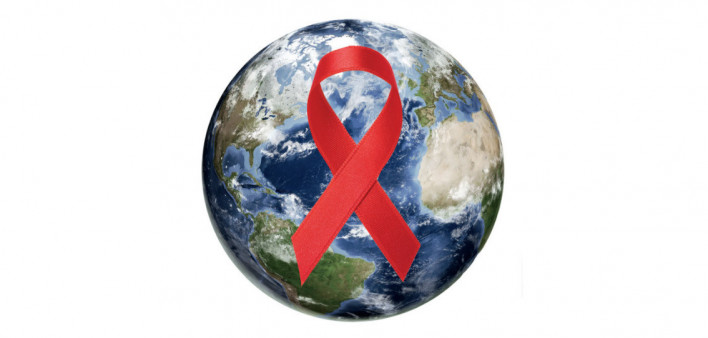Most adults living with HIV who are on antiretroviral treatment now achieve an undetectable viral load within a year—approaching the UNAIDS target of 95%—but sustained viral suppression remains a challenge, according to a recent report in The Lancet HIV. What’s more, progress among children and adolescents is lagging compared with adults.
Starting antiretroviral therapy and reaching an undetectable viral load is the most important step HIV-positive people can take to improve their overall health and prevent onward transmission of the virus. While modern treatment is highly effective, it requires lifelong adherence, which can be difficult to sustain.
In 2014, the Joint United Nations Program on HIV/AIDS (UNAIDS) set a goal—reiterated earlier this year—to end HIV as a public health threat by 2030. To that end, the plan calls for countries to ensure that 95% of people with HIV are aware of their status, 95% of those aware are on treatment and 95% of those on treatment achieve and maintain an undetectable viral load.
The world has made good progress toward the first goal, at least for adults, according to a new analysis by Win Min Han, MBBS, of the Kirby Institute of the University of New South Wales in Sydney, and fellow scientists with the IeDEA (International Epidemiology Databases to Evaluate AIDS) collaboration.
The study, funded by the National Institutes of Health, set out to estimate how close the world is to achieving the first of the so-called 95-95-95 targets, using data from seven regional IeDEA cohorts that drew participants from 148 sites in 31 countries that performed annual viral load monitoring.
The analysis included 255,662 adults and 21,594 children and adolescents living with HIV (ages 17 or younger) who initiated antiretroviral therapy between 2010 and 2019; data were analyzed through March 31, 2020. In both groups, more than half were women or girls. The study authors estimated the proportion of people who maintained viral suppression (defined as fewer than 1,000 HIV RNA copies) at one, two and three years after starting treatment, adjusting for missing viral load measurements.
Looking at the raw numbers using an intention-to-treat approach, 44% of adults had an undetectable viral load one year after starting treatment, 36% did so after two years and 29% did so after three years. Among children and adolescents, the corresponding percentages were 36%, 30% and 24%.
But these proportions rose after adjusting for missing viral load measurements among people who transferred to another site, were lost to follow-up or were in follow-up without viral load testing. The researchers estimated that 79% of adults had viral suppression one year after treatment initiation, 72% did so after two years and 65% did so after three years. Among children and adolescents, the proportions were 64%, 62% and 59%, respectively.
In the United States, the Centers for Disease Control and Prevention (CDC) estimates that in 2019, 87% of people living with HIV knew their status, 66% received HIV care and 57% achieved an undetectable viral load—the lowest rate among high-income countries. Looking only at those diagnosed with HIV, the overall viral suppression rate was 66%, but this varied across groups—for example, 68% for gay and bisexual men, 63% for women and 60% for young people ages 18 to 24. The CDC does not routinely report viral suppression rates among those on treatment, but those numbers would be higher.
The new global viral suppression estimates show that further work is needed to reach and sustain the UNAIDS 2030 targets, according to the researchers. What’s more, the lower viral suppression rates among children and adolescents suggest that new and improved approaches may be needed to achieve durable viral suppression for these age groups.
“Although adults with HIV are approaching the global target of 95% viral suppression, progress among children and adolescents is much slower,” the study authors concluded. “Substantial efforts are still needed to reach the viral suppression target for children and adolescents.”
Click here to read the study abstract.
Click here for more news about HIV treatment.







Comments
Comments